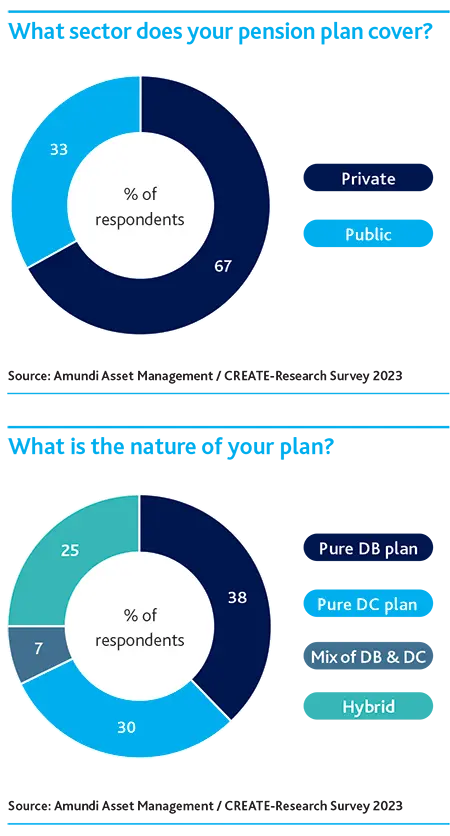Introduction and aims
The ESG pillars have never been so central to the investment conversation.
A juggernaut that’s losing momentum or just refiring its engine?
This question on ESG investing has come to the fore due to a confluence of exceptional events in 2022.
After meeting investors’ return expectations since the 2015 Paris Agreement, last year’s savage bear market hit a broad range of investment strategies, no matter their intrinsic merits. ESG was no exception.
The episode showed that ESG investments are exposed to periodic setbacks due to a larger dynamic that has little to do with ESG per se.
The fact remains that ESG investing has successfully challenged all long-held paradigms centred on financial factors to the exclusion of environmental, social and governance factors. These are now seen as vital in tackling a whole host of negative externalities that directly impact on corporate profitability.
While 2022 will be remembered for rising global inflation and the Russian invasion of Ukraine that roiled capital markets, the year is also noted for major progress on regulatory and policy fronts in key markets like America, China, Europe and Japan.
These have served to create fresh tailwinds behind ESG investing by improving the data architecture via mandatory reporting of ESG data and accelerating the transition towards green energy.
They have also served to confirm the widely held belief that investors continue to remain in the midst of one of the biggest secular shifts in living memory, propelled by a strengthening consensus to address global warming and social inequality.
Pension plans worldwide have been amongst the biggest ESG investors. It is time for a stocktake on how they now see the future. Hence, the 2023 Amundi–CREATE Pension Survey pursues four broad questions:

- What is the current state of play in light of 2022 events?
- What are the recent blockers and future drivers of ESG investing?
- How will ESG investing evolve over the three next years?
- Why is external manager selection set to change radically?
These questions were pursued in a survey of 158 pension plans in Asia-Pacific, Europe and North America, with a combined assets under management of €1.91 trillion. Their details are given in the charts below. The survey was followed up by structured interviews with key decision makers in 30 responding organisations. The survey provided the breadth and the interviews the depth and insights. The rest of this section provides the survey highlights, its key findings and the themes that support them.




